Let's look at the next circuit:
simulate this circuit – Schematic created using CircuitLab
Will electric current go through R1 in the real world? Is ground like a conductor with some R supposedly > than R1, and can we illustrate this like that :
Let's look at the next circuit:

simulate this circuit – Schematic created using CircuitLab
Will electric current go through R1 in the real world? Is ground like a conductor with some R supposedly > than R1, and can we illustrate this like that :

Yes an no.
As a schematic... No. The ground symbol simply means both those wires are the same node and that node is deemed to be your reference ground for measurements. It is an arbitrary and abstract definition of ground. No current ever flows thorough that point to anywhere.
A ground symbol in a schematic is actually only a special net name designator. The following two schematics are equivalent.
As such, what your schematic is internally represented as in any schematic editor is this. Notice GND is a single node/net that isn't actually connected to anywhere outside the circuit.
simulate this circuit – Schematic created using CircuitLab
Now you may ask what about trace resistance. Well, if you open that can of worms, whether any current flows through R1 would depend on how you routed the ground net.
This way R1, on the right, would carry a small current...
This way, it wouldn't..
If you take your drawing as a "wiring diagram", where each grounding point is a different connection point to either a common ground or physical earth, yes there will be a finite resistance between those points.
In a real schematic you would indicate separate grounds differently.
Those triangle symbols are usually taken as meaning "0 volts" i.e. the reference voltage by which all measurements are made. They don't necessarily mean copper rods driven into the earth.
Will electric current go through R1 in the real world?
We try and show real-life stuff on a schematic so if those triangles are earth connections then we might show them as impedances connected to a common point labelled as (maybe) "earth rod" or "AC ground" or "chassis".
There will be current through R1 and depending on what a proper schematic informs us we might be able to calculate that current.
It all depends on what level of reality you are trying to represent in your schematic. The important words here are 'you' and 'represent'. You choose what you mean when you draw a schematic.
Ground symbols represent a connection to the same point, the same node, so they all have the same voltage, exactly 0v, with zero resistance between them. In the first circuit therefore, no current would flow through R1. That's what you've drawn, a short circuit across R1.
If you want to represent a realistic resistance between different points, let's say between multiple connection points to the chassis in a car, then you would show resistors, either between points as in your second diagram, or a resistor in series with each ground symbol. Once you have established what the actual shunt resistance is that you have across R1, then you can work out what the current division is between R1 and the path through ground.
For instance, to redraw your first diagram, showing realistic chassis connection resistances, we might have one of the following. I've drawn it in two completely equivalent ways, as some people don't appear to accept the semantics of multiple ground symbols.
simulate this circuit – Schematic created using CircuitLab
Here we've designated the Rx1/Rx3 junction as the 'true' ground node, it's the point we reference all our voltage measurements to. I've shown a resistance between the Rx1/Vx1 junction and our ground reference point as Rx2. It might be made up of a physical wire that connects that node to the chassis, together with the resistance of the chassis itself. Now we have shown a finite value for the resistance in shunt with Rx1, we can calculate how current will divide between Rx1 and the groundy path through Rx2. In this case, 33% of the current flows through the ground designators and Rx2, and 67% through Rx1.
I'm sure all will agree that a current flows through R22. I'd be interested to know whether people think a current flows through R12, and if so, where it flows.
Probably the easiest way to clarify some of your misunderstandings and also bring up some new ideas for you to consider is to see how Spice writes down (to itself) these two schematics:
* TOP SCHEMATIC:
V1 1 0 1
R3 1 0 100
R1 0 0 1u
and,
* BOTTOM SCHEMATIC:
V1 1 0 1
R1 1 2 100
R2 2 0 X
R3 2 0 1u
The universe doesn't actually know anything about the ground reference for your circuit. Everything in the universe is relative and the entire plant Earth might be sitting at a trillion volts relative to some other place in the galaxy, for all we know. And the universe simply doesn't care.
The choice for the ground reference is one you get to make. Normally, a voltage is always measured between two points. Just think about a voltmeter. It has two leads. Not one. That's because a voltage is always really a "voltage difference." But it is painful when talking to people to always have to say, "The voltage is 4 volts here, relative to this point over there." We'd rather just say "The voltage is 4 volts here." So we pick a reference point and it helps a lot in saving time and effort when discussing a circuit.
There is another reason. An input signal (like audio) is often referenced to some specific place in the circuit. If you have one circuit that has its own ground reference and a different circuit that also has its ground reference, and if you tie these ground references together, then both circuits now share the same "reference point." Now you can just convey audio signals from one circuit to the other circuit by way of a single remaining wire. And that's an important physical convenience. This is also why the ground reference is sometimes called the "common." Because it is "common" between several subcircuits that share the same "ground reference."
Now look back up at those schematics as Spice sees them. There are only two different nodes in the first schematic: "0" and "1". But in the second one, there are three nodes: "0" and "1" and "2". All nodes with the same name are connected together (shorted.) If you look closely at the first schematic, you will see that the last line connects both ends of the resistor to the same node, "0". (The value of the resistor is the last word on each line.) Since both ends of the resistor are tied to the same node, this is the same thing as "shorting out the resistor." And so your first circuit simply shorts out \$R_1\$. You might as well just remove it.
I wanted to try a different tact here and see if that helps you. There are lots of ways of trying to explain this and I didn't see this one being tried. So I thought I would add it to the mix.
By the way, Spice also treats the "0" node as very special. It's always the "reference node." So if you try and print out the voltage at a different node, then Spice will use this special node as its "reference" for making a two-point voltmeter measurement. (Spice requires this node in every schematic because it wants to have the convenience of just reporting node voltages without having to always specify two points to do it.)
The ground symbol on a schematic is a notation device, no different from giving a name to any wire. Suppose you write out a schematic and give the name "AUDIO_IN" to one of those wires. Then this wire is now given that name. Suppose somewhere else in the schematic, on a different wire entirely, you also name that wire "AUDIO_IN". (Let's say you don't actually draw a wire line between these two.) This still means that the two wires are actually connected (by a hidden wire.)
Giving the same name to two different wires is, by convention, taken to mean that the two wires are attached to each other --- even if you didn't actually draw a wire connecting them. That's how I'd read it. That's how others would read it. So if you do that, then that's how it will be interpreted. It's how you should learn to write things, too.
Now, the ground symbol is just like a "name" to a wire. If you place a ground symbol on a wire, then this is the exact same thing as giving it a special name "ground." If another wire somewhere else also has the ground symbol attached to it, then even if there is no wire shown on the schematic, it is assumed by everyone reading the schematic that the two wires are now connected together. Because they have the same name -- "ground."